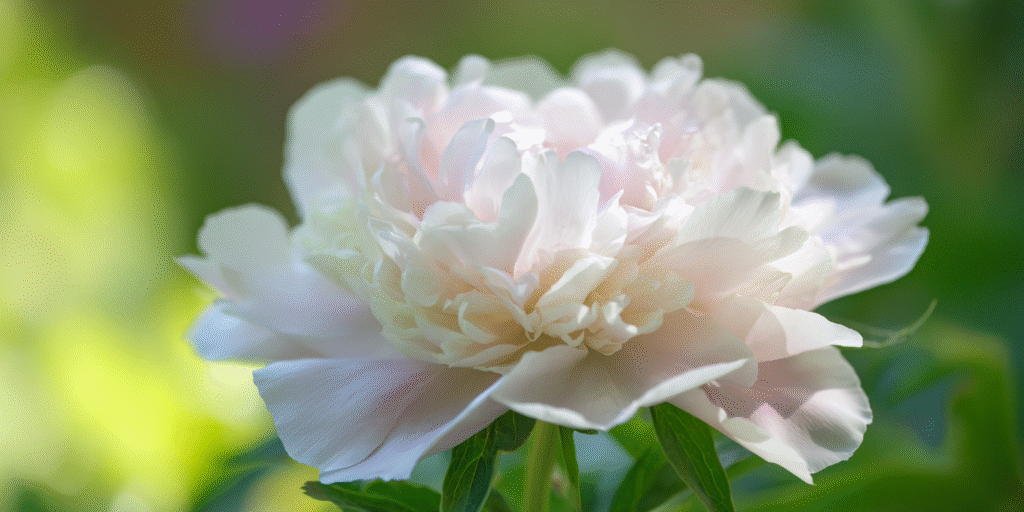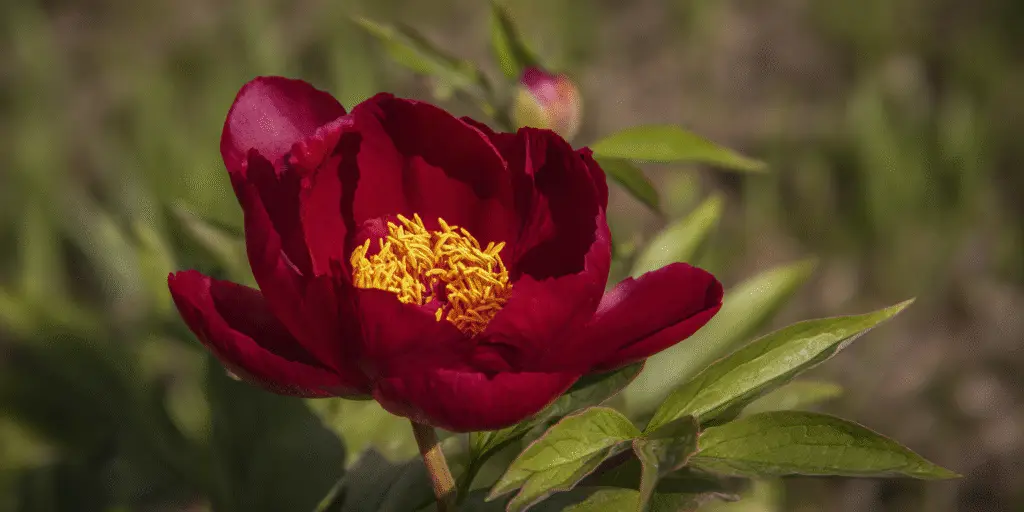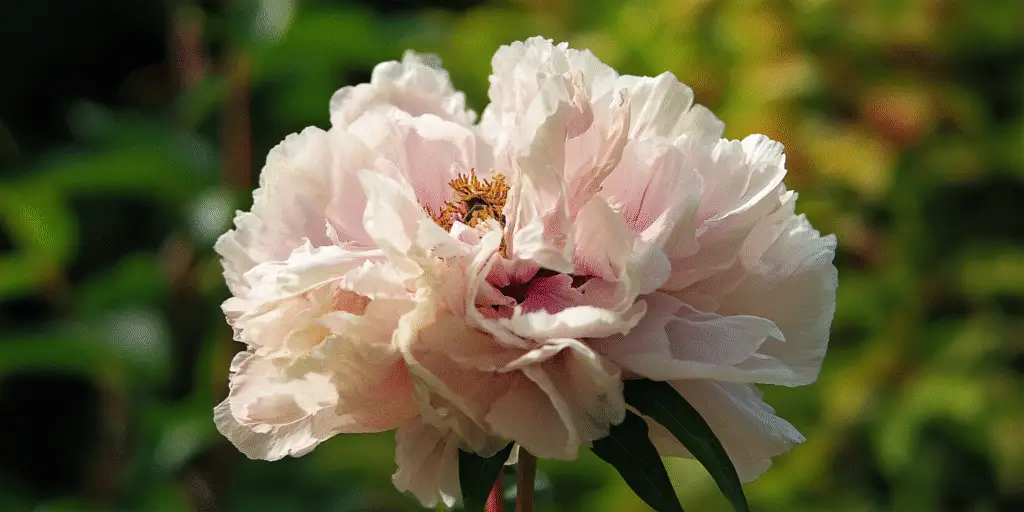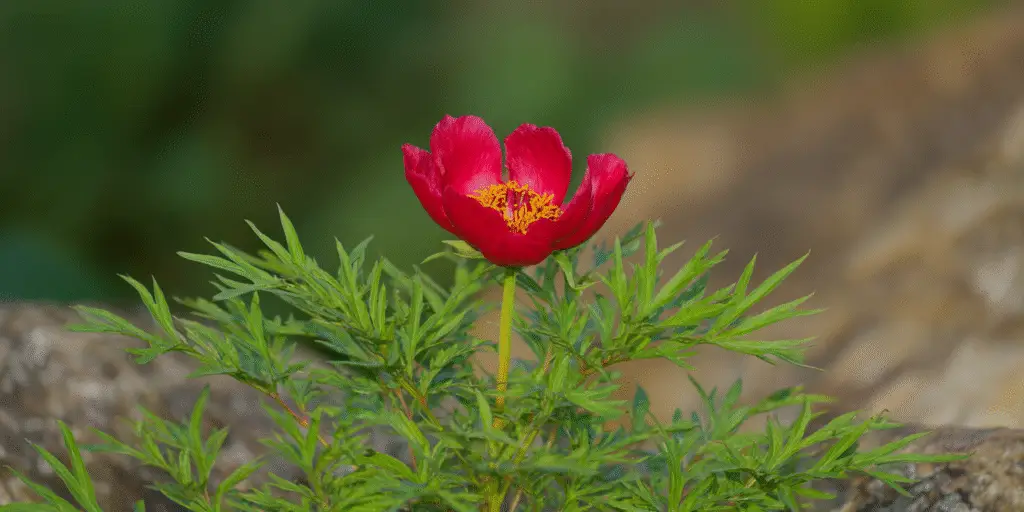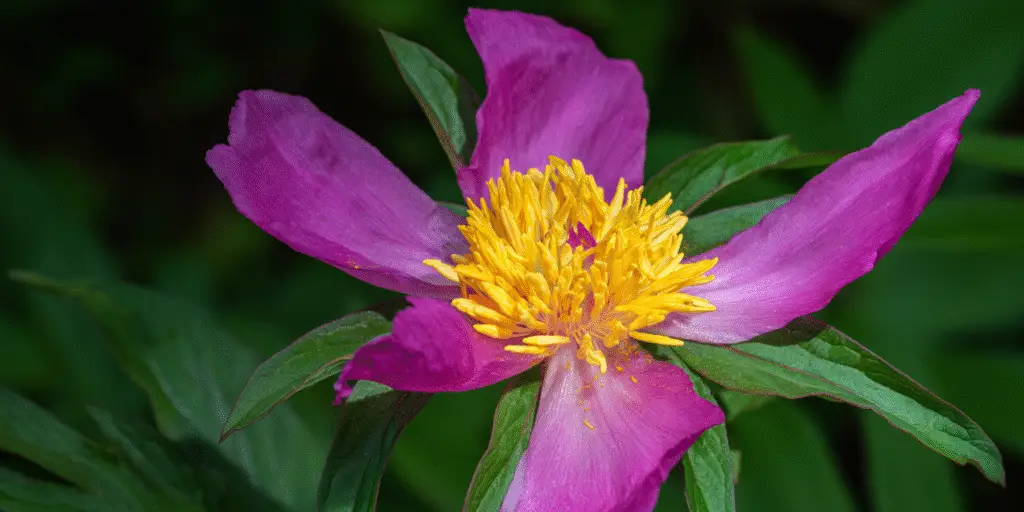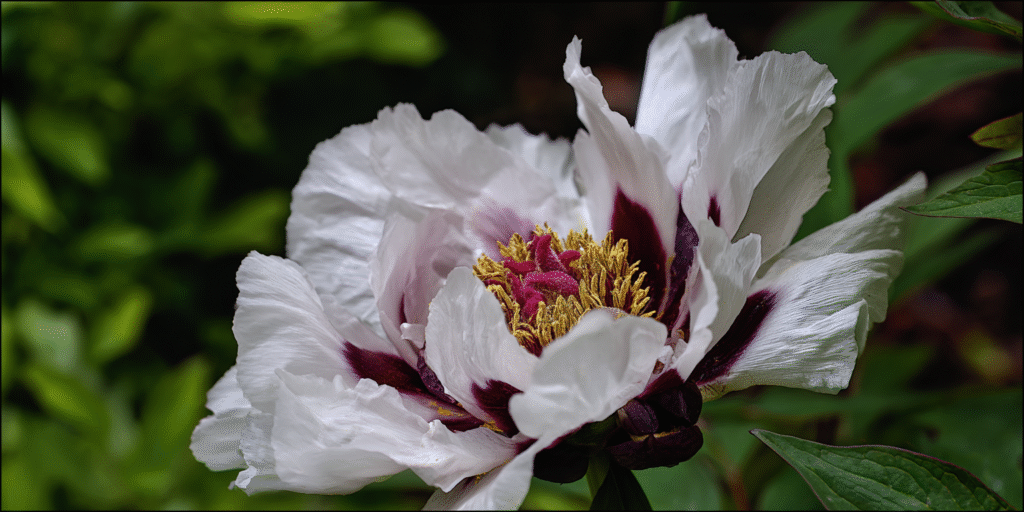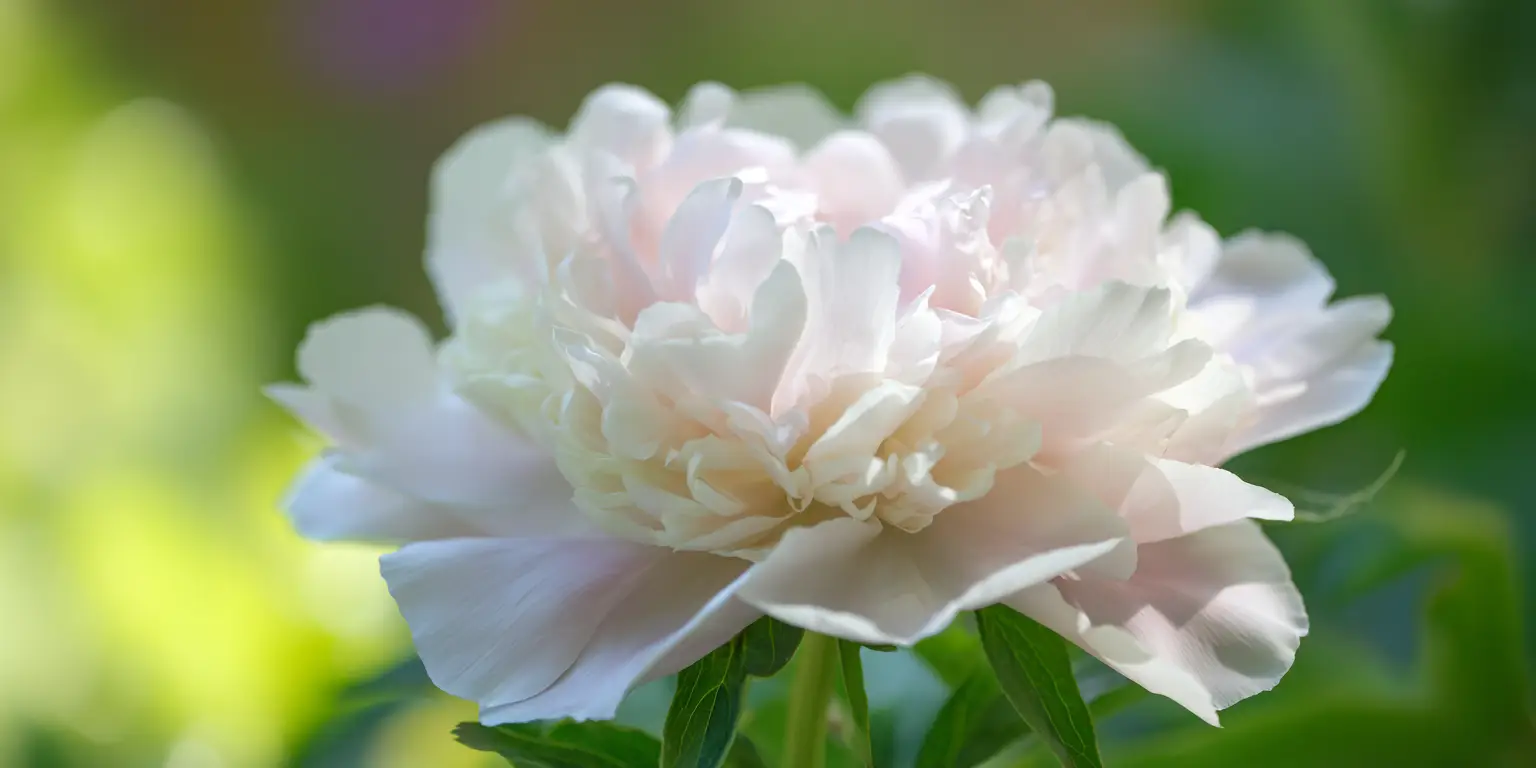
Paeonia lactiflora
This herbaceous peony is the classic Chinese garden peony grown for its large, showy flowers and durable clumps.
It stands out for a huge range of cultivars that vary in color and flower form.
Plants grow best in regions with cold winters and warm springs in full sun and well‑drained loam.
Bloom is mid to late spring in most of North America.
Clumps are long‑lived and stems die back after frost.
Flowers on many cultivars are pleasantly fragrant.
This species anchors the cut‑flower trade and home borders.
At‑a‑glance
- Group/Class: Herbaceous peony
- Height × spread: 20–30 in × 24–36 in (50–75 cm × 60–90 cm)
- Bloom window: mid to late spring
- Color & flower form: white to pink to red; single to double
- Fragrance: 2
- USDA hardiness: 3–8
- Origin: Asia
- Cut‑flower notes: harvest at soft bud; typical vase life 7–10 days
- Pet safety: avoid
How it differs
- Blooms later than tree peonies in most climates.
- Dies back to the ground each winter.
- Offers the broadest cultivar selection for color and form.
- Generally provides more usable cut stems than tree peonies.
Strengths
- Cold‑hardy and very long‑lived clumps.
- Reliable spring display in full sun sites.
- Many fragrant cultivars available.
- Excellent for cutting when harvested at the right bud stage.
Care in one minute
- Site: full sun with wind protection in colder sites.
- Soil: deep, fertile, well‑drained loam; slightly acidic to neutral pH.
- Water: 1 inch per week in spring; avoid waterlogging.
- Feeding: light compost in spring; avoid high‑nitrogen fertilizer.
- Planting: set buds 1–2 in below soil in cold regions; shallower in warm zones.
- After bloom: deadhead; cut foliage to ground after frost; keep mulch off the crown.
Watch‑outs
- Can develop botrytis in cool, wet springs.
- Heavy double blooms may flop without support.
- Needs winter chill to flower well.
- Planting too deep can reduce bloom.
Best uses (tags)
cutting; borders; foundation; cottage; pollinators
Provenance note
Native to central Asia and northern China and long cultivated for ornament and cut flowers.
References
- Missouri Botanical Garden: Paeonia lactiflora profile
- Iowa State University Extension: Growing Peonies
- ASPCA: Peony toxicity (Paeonia spp.)
